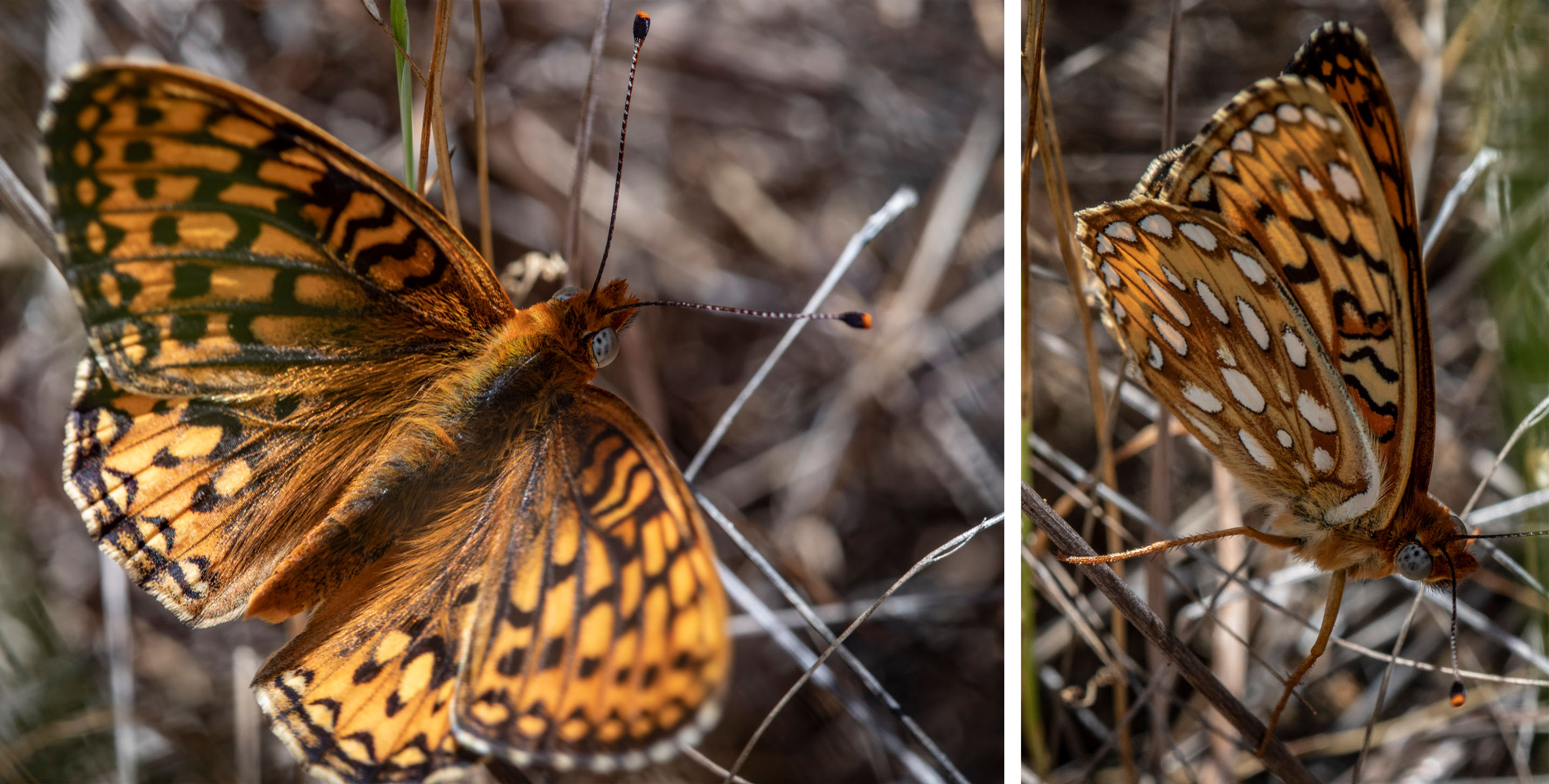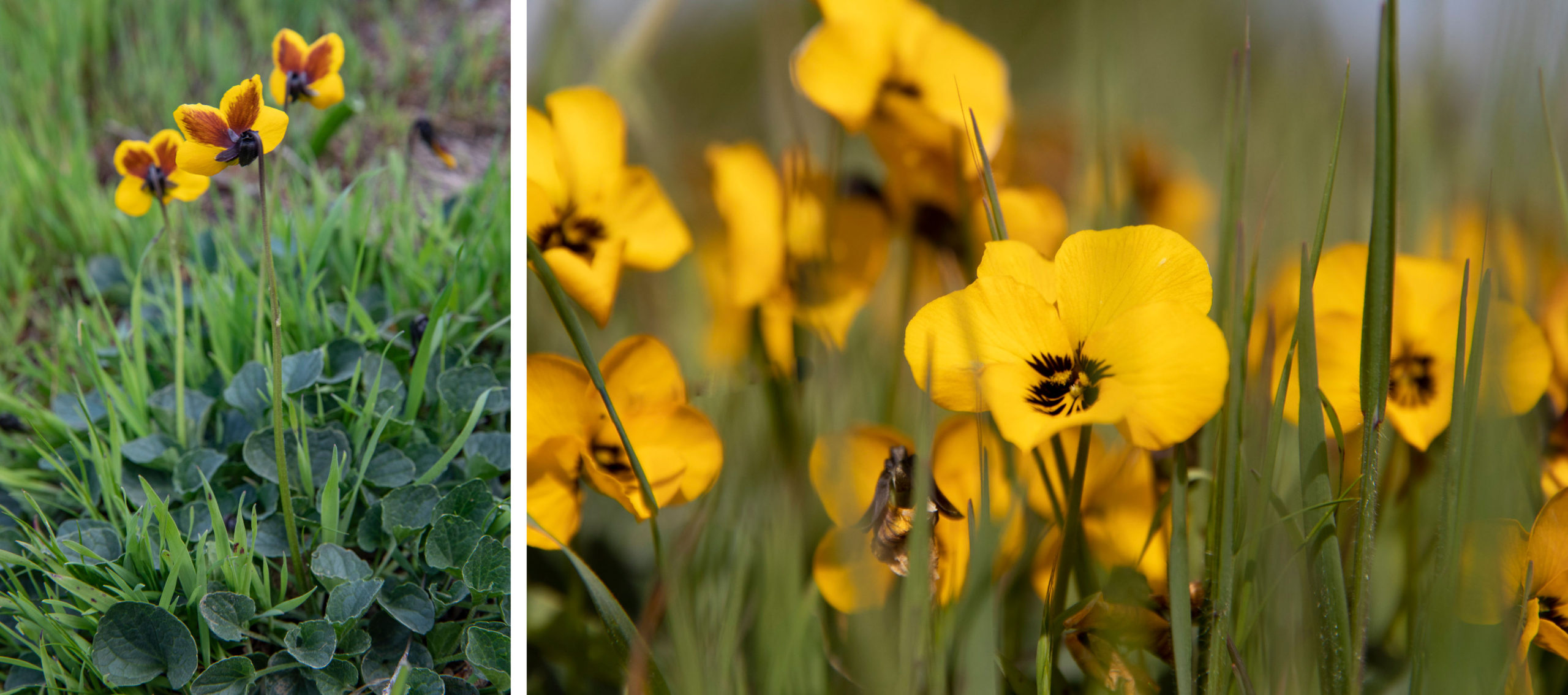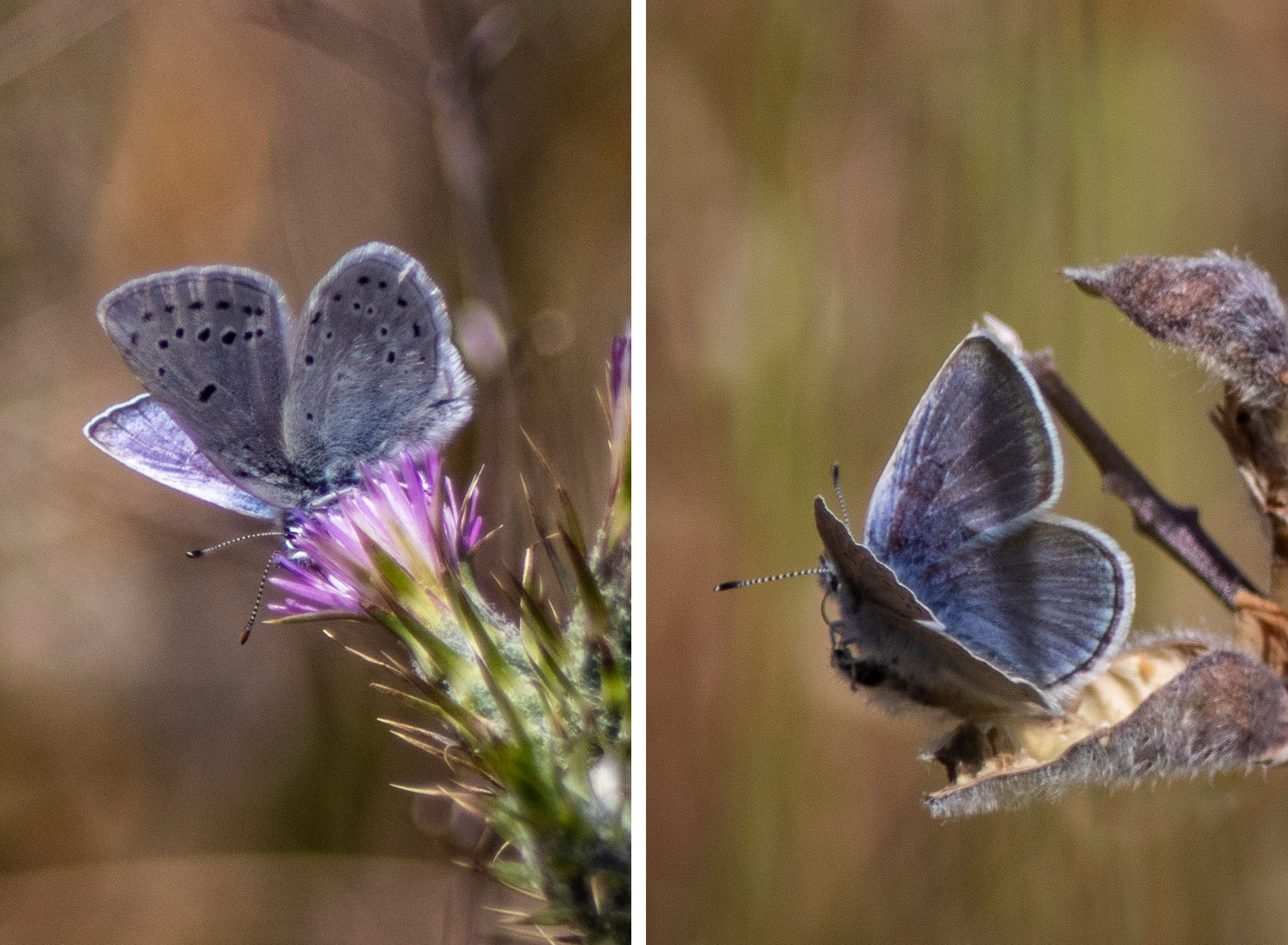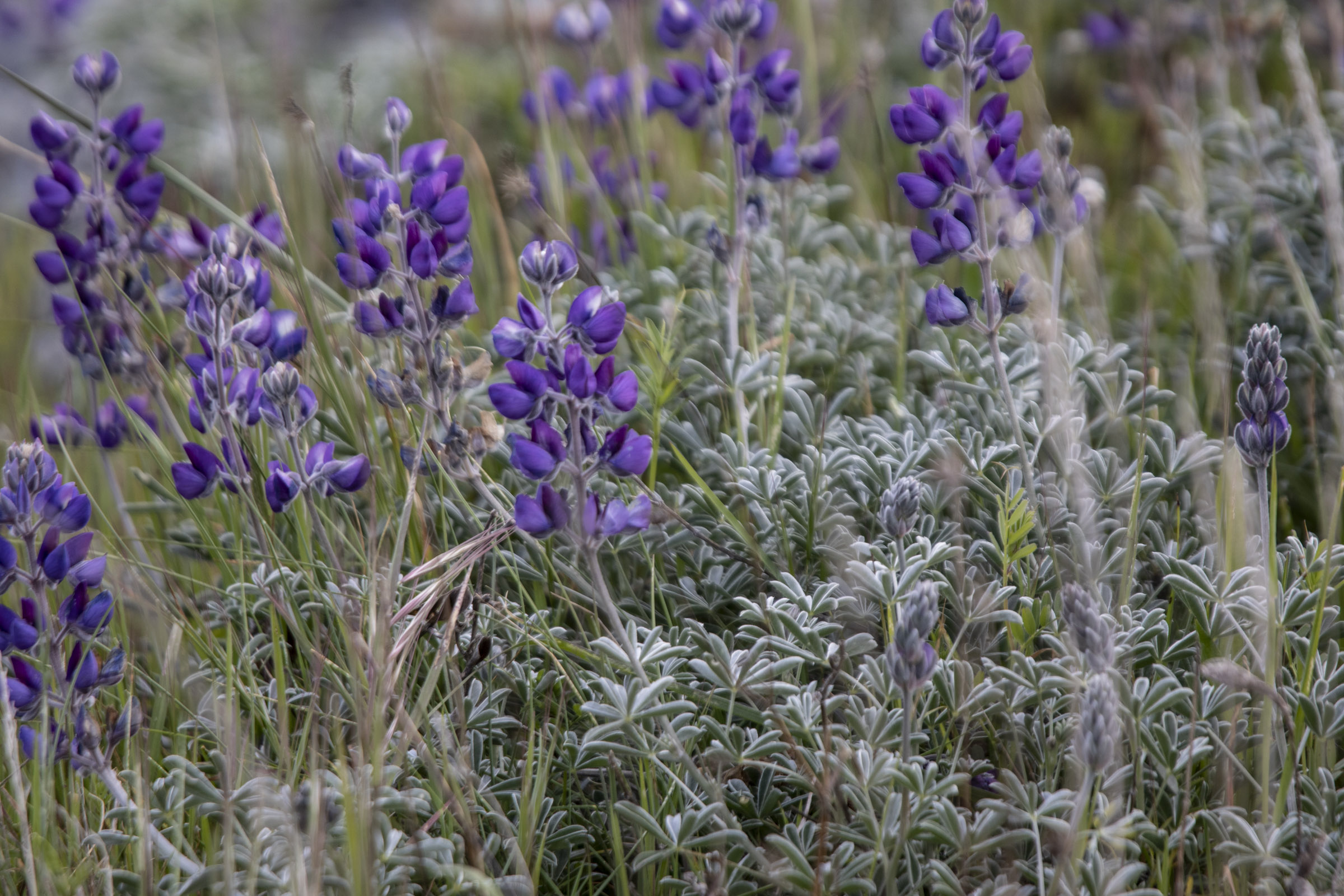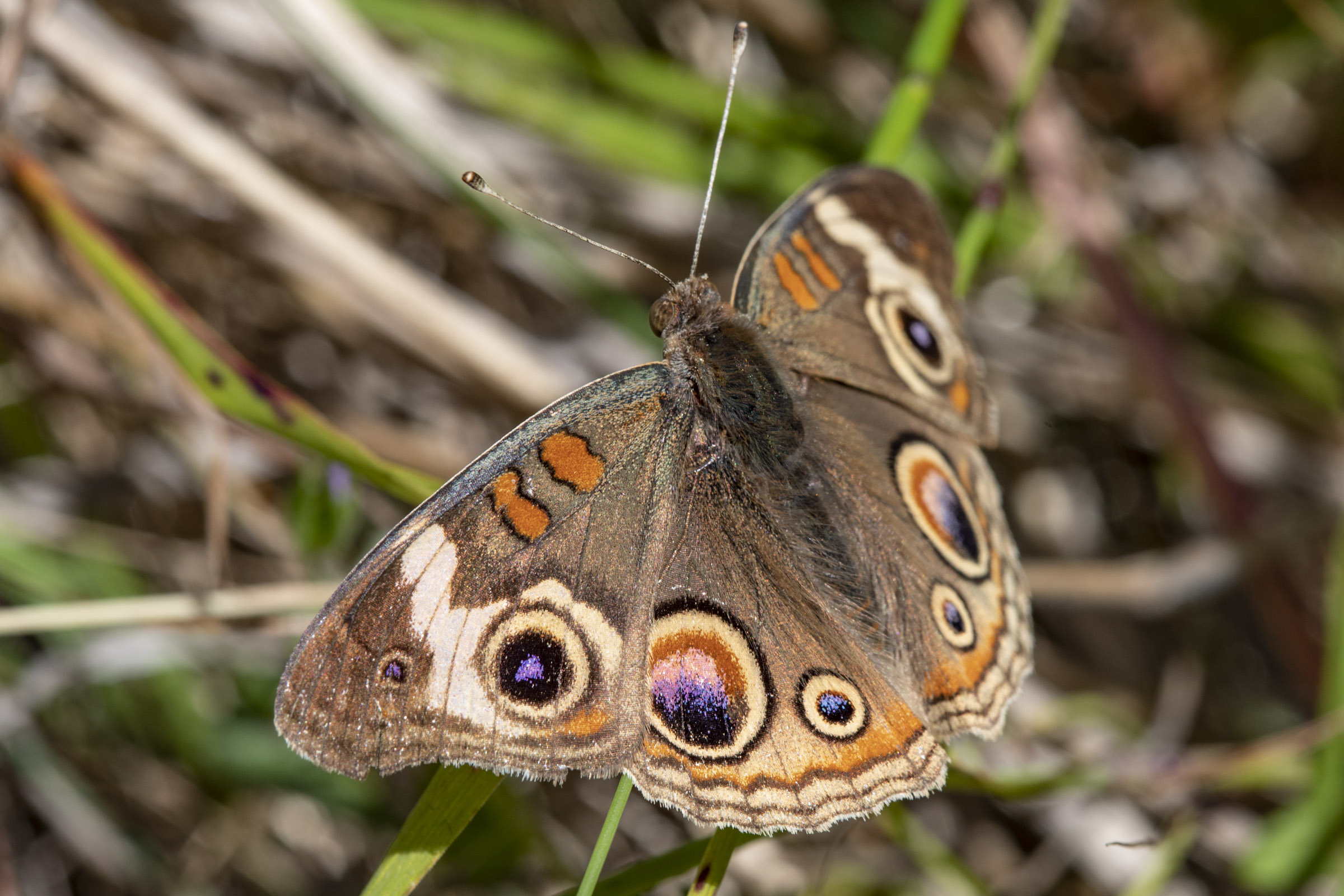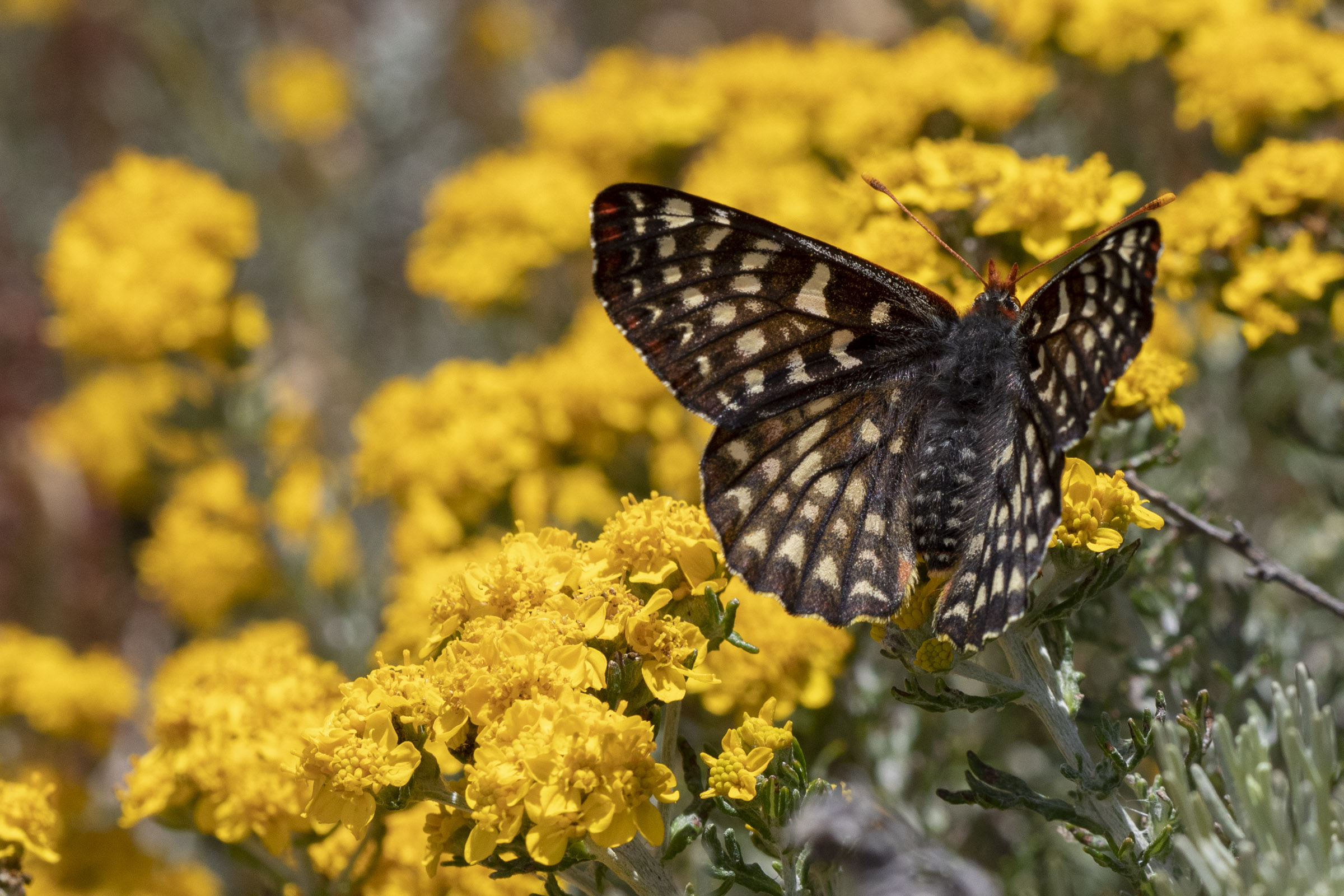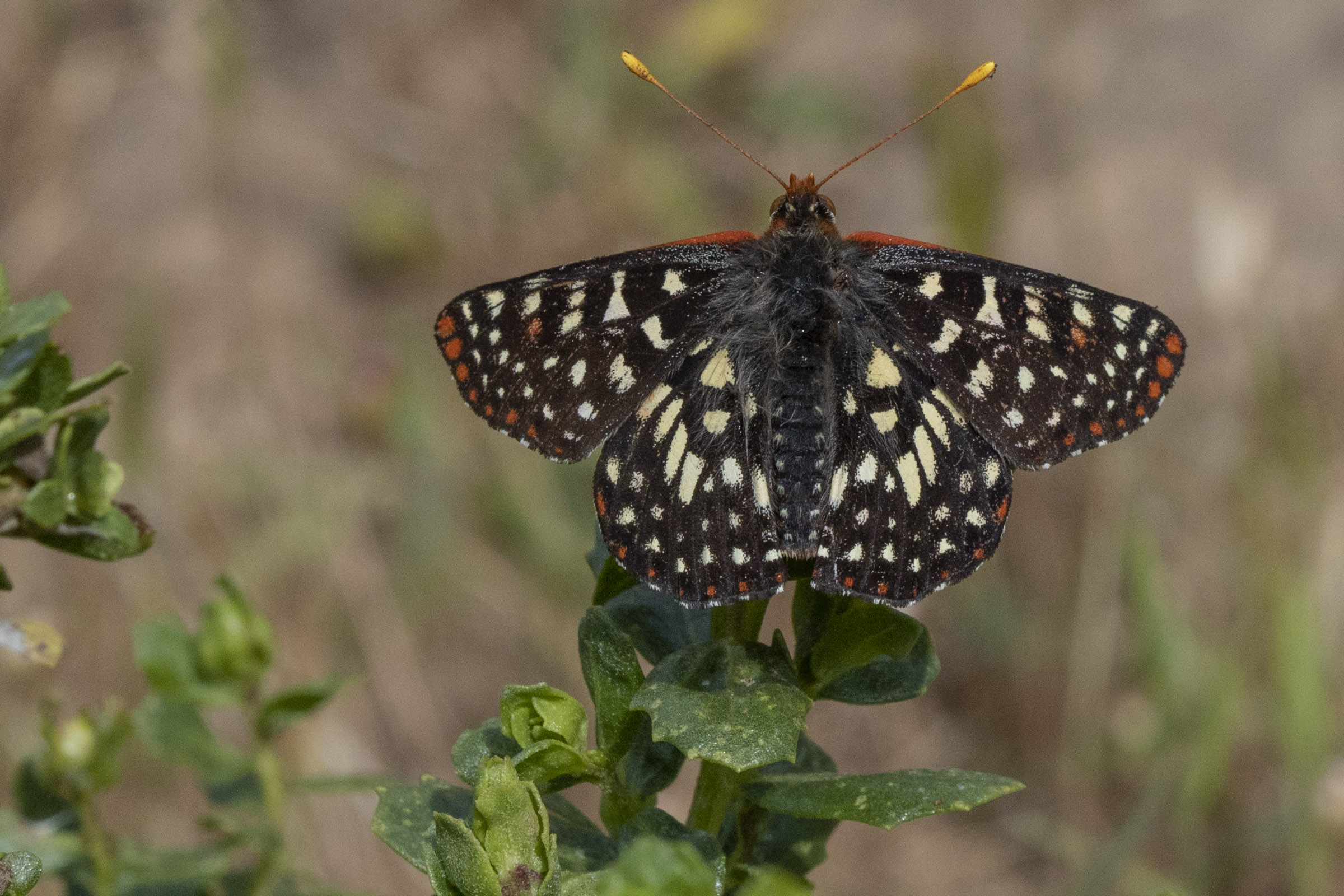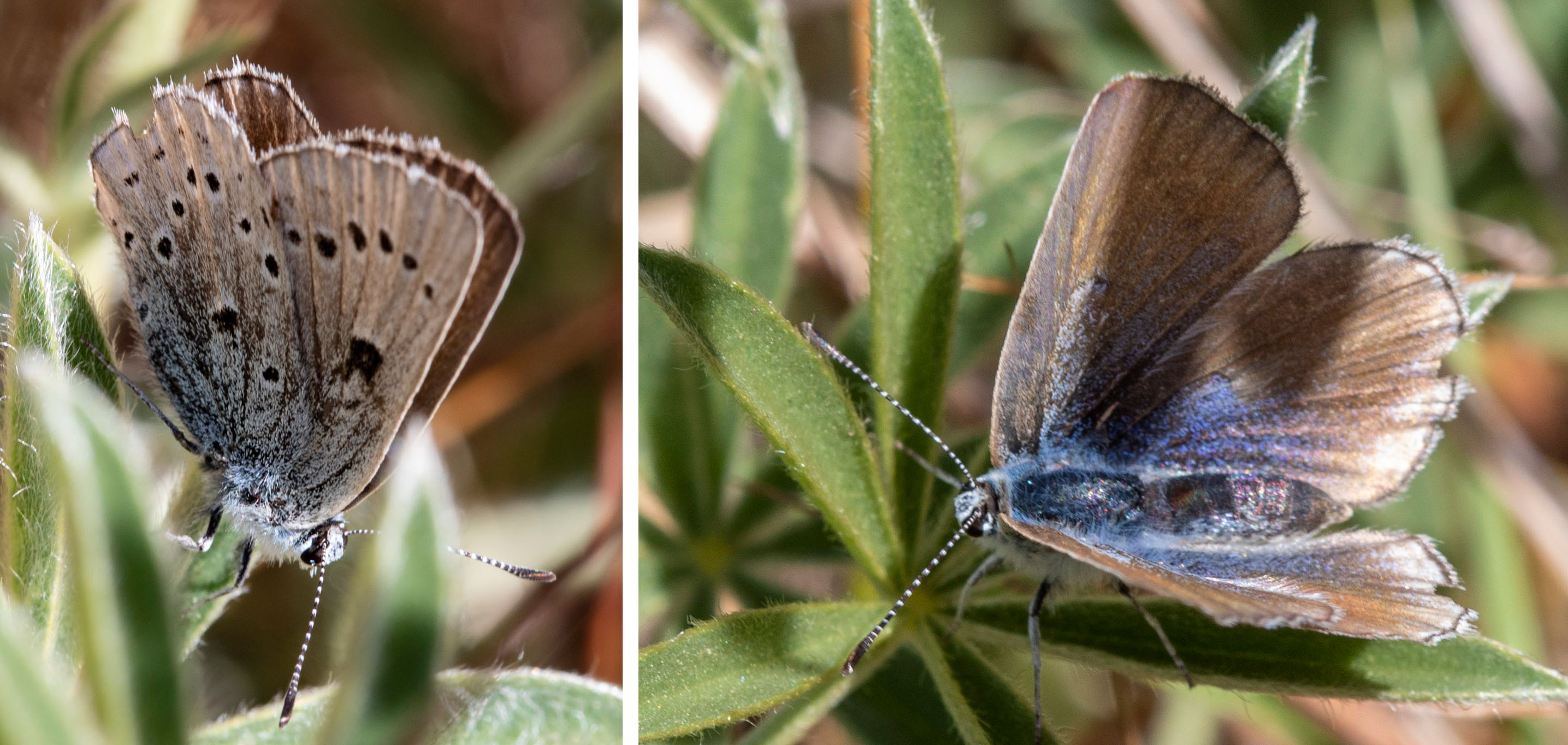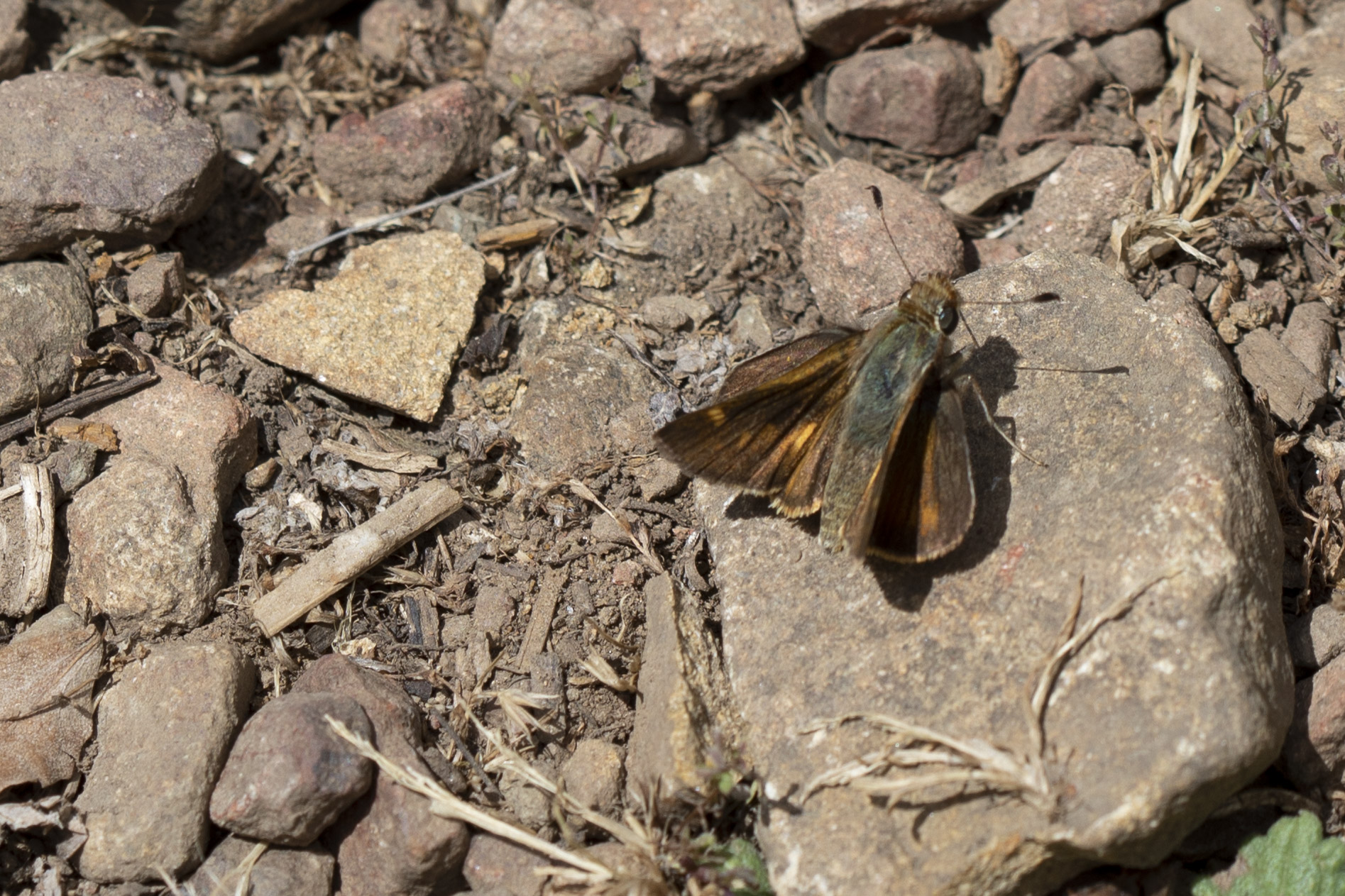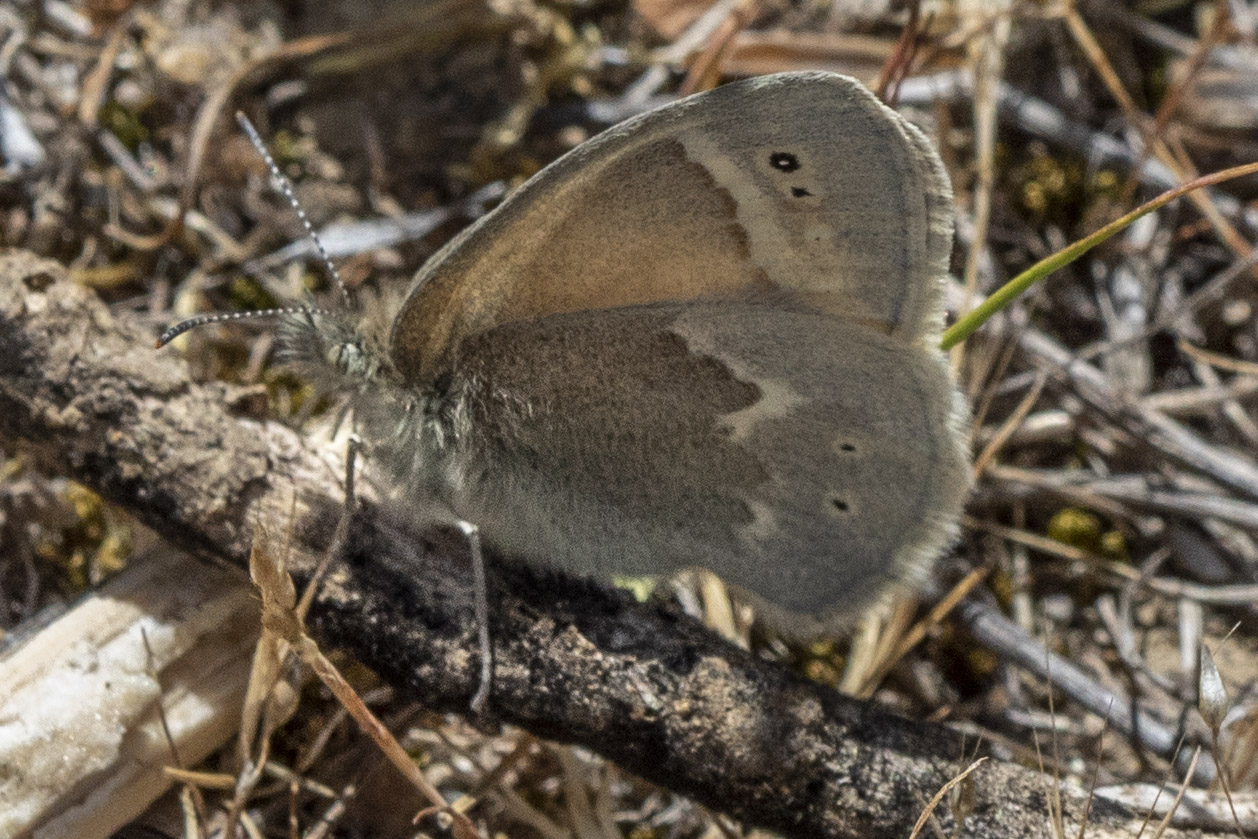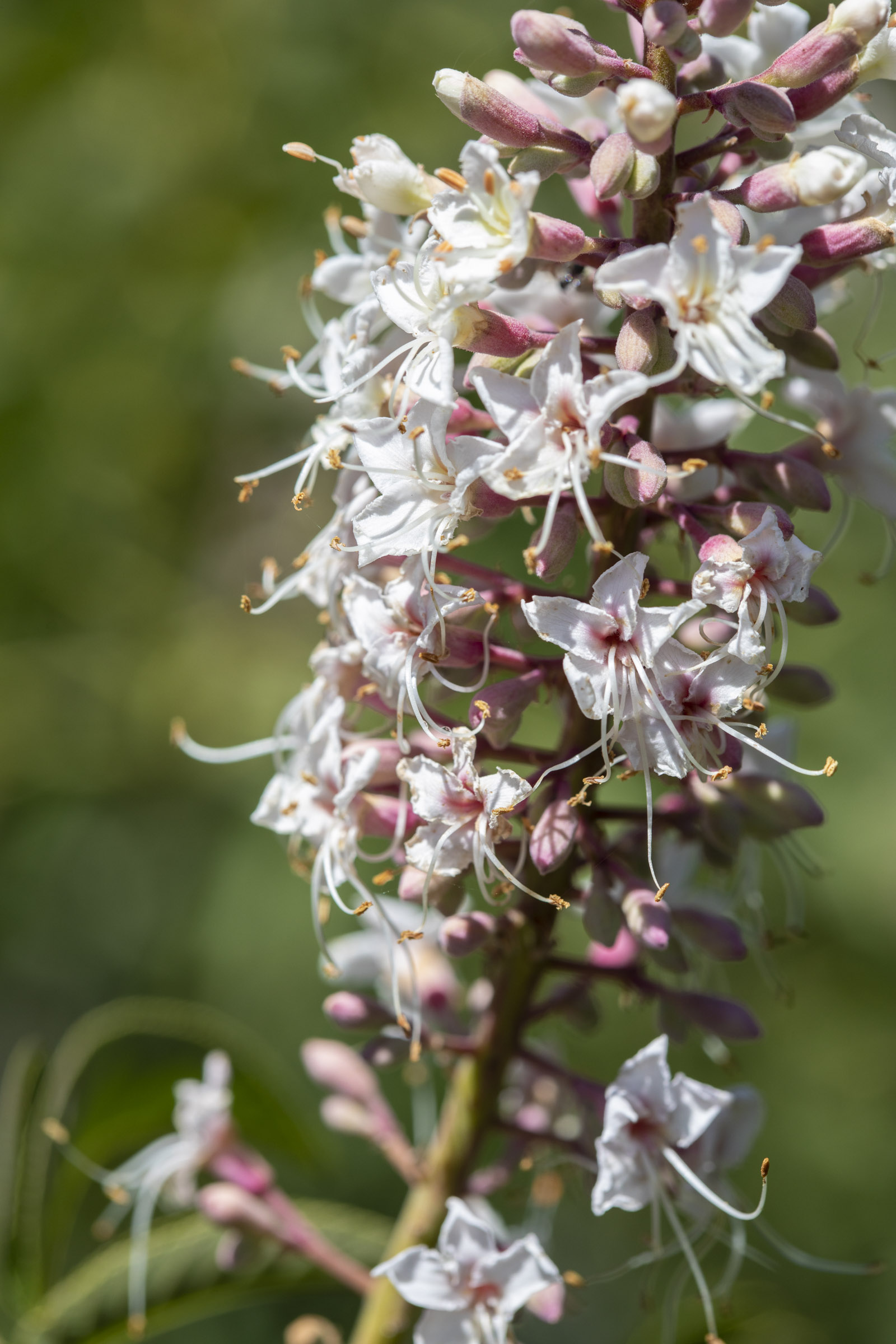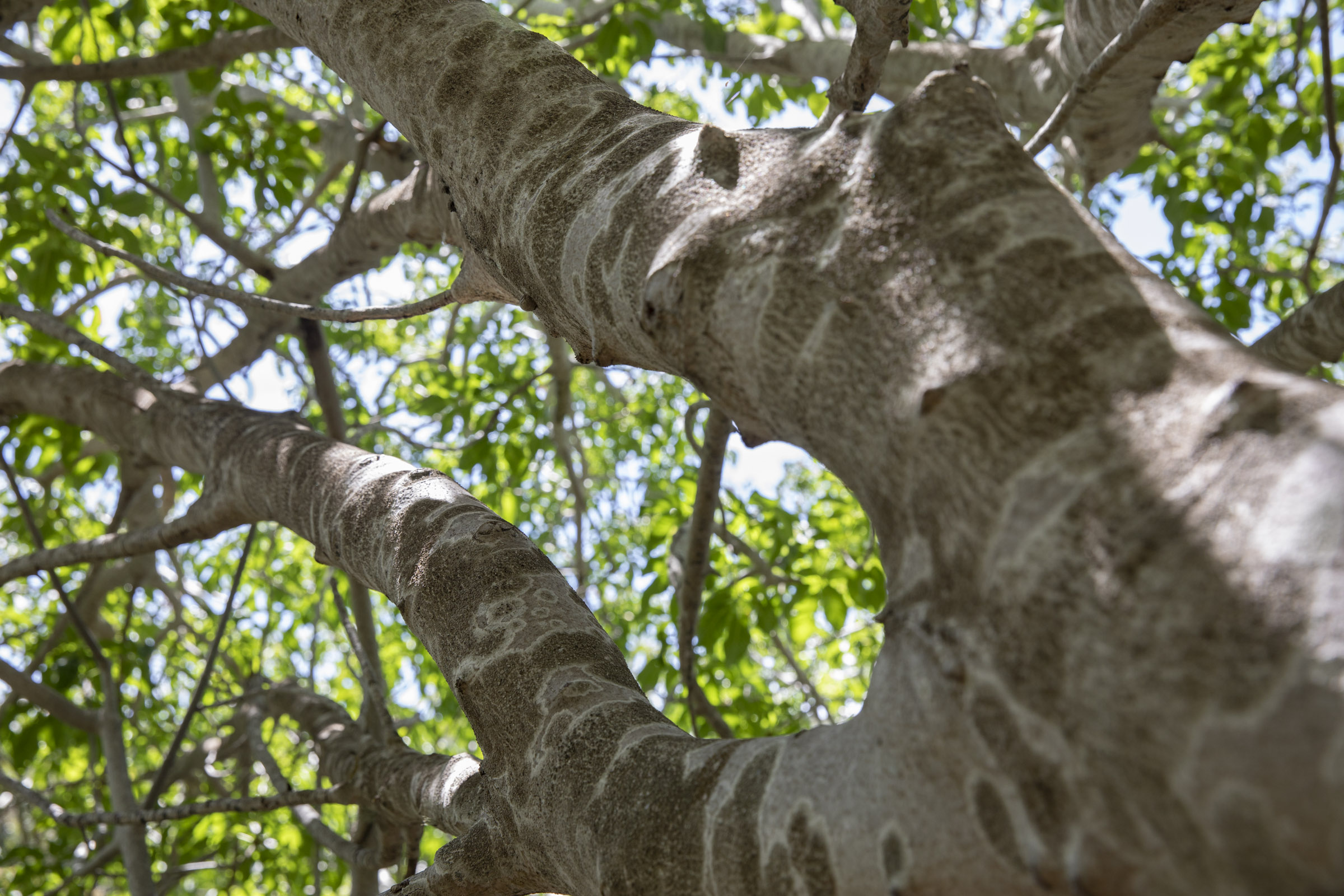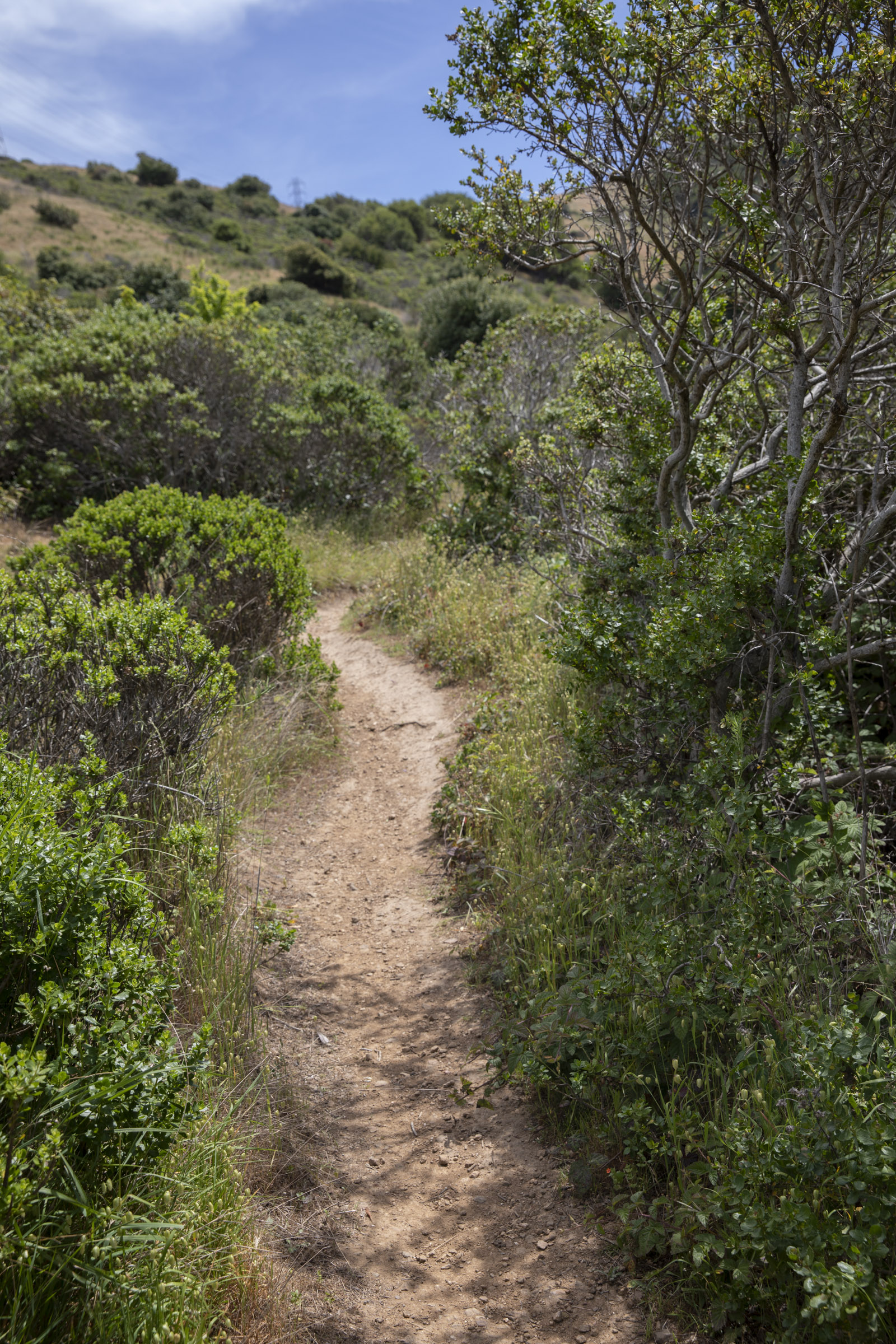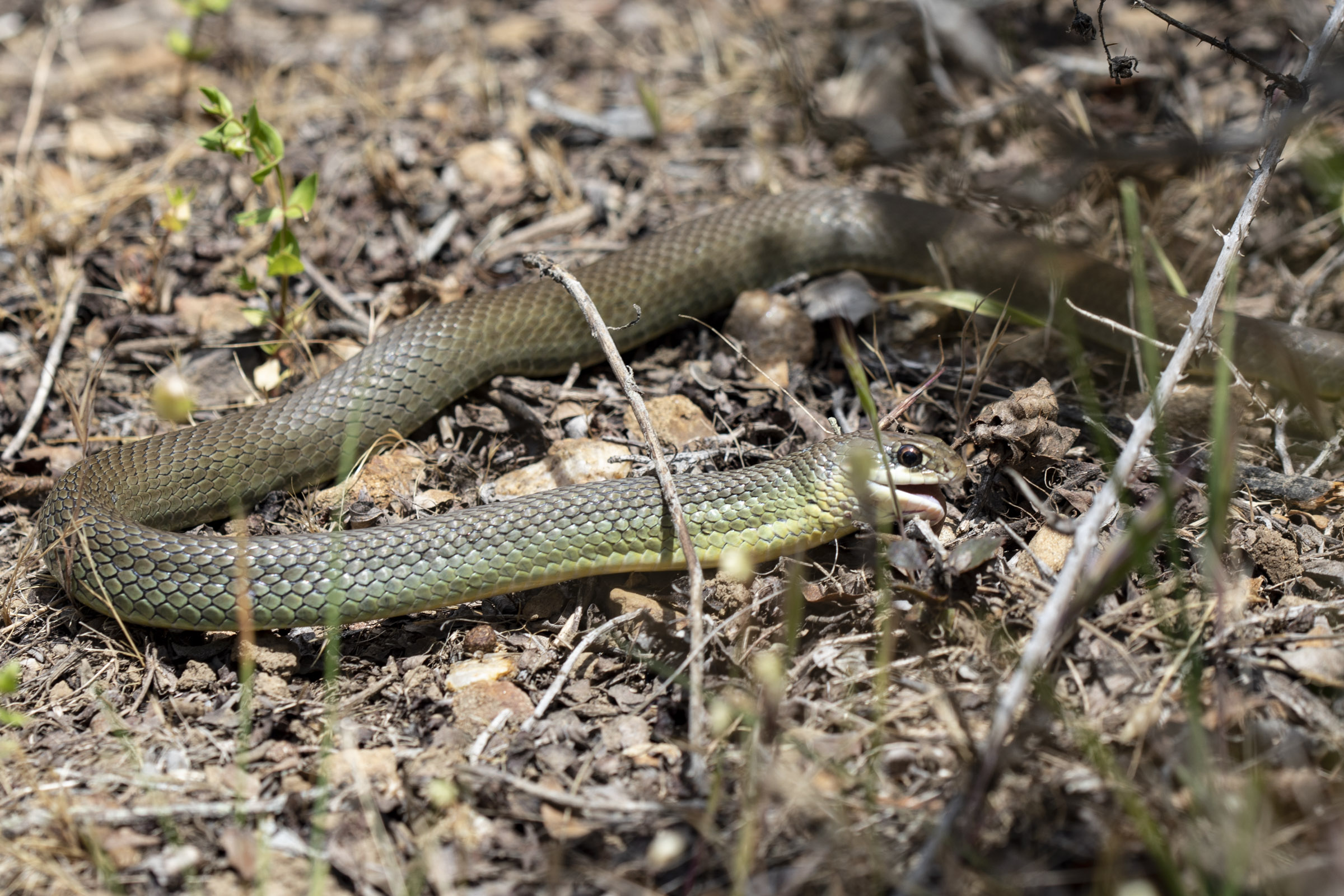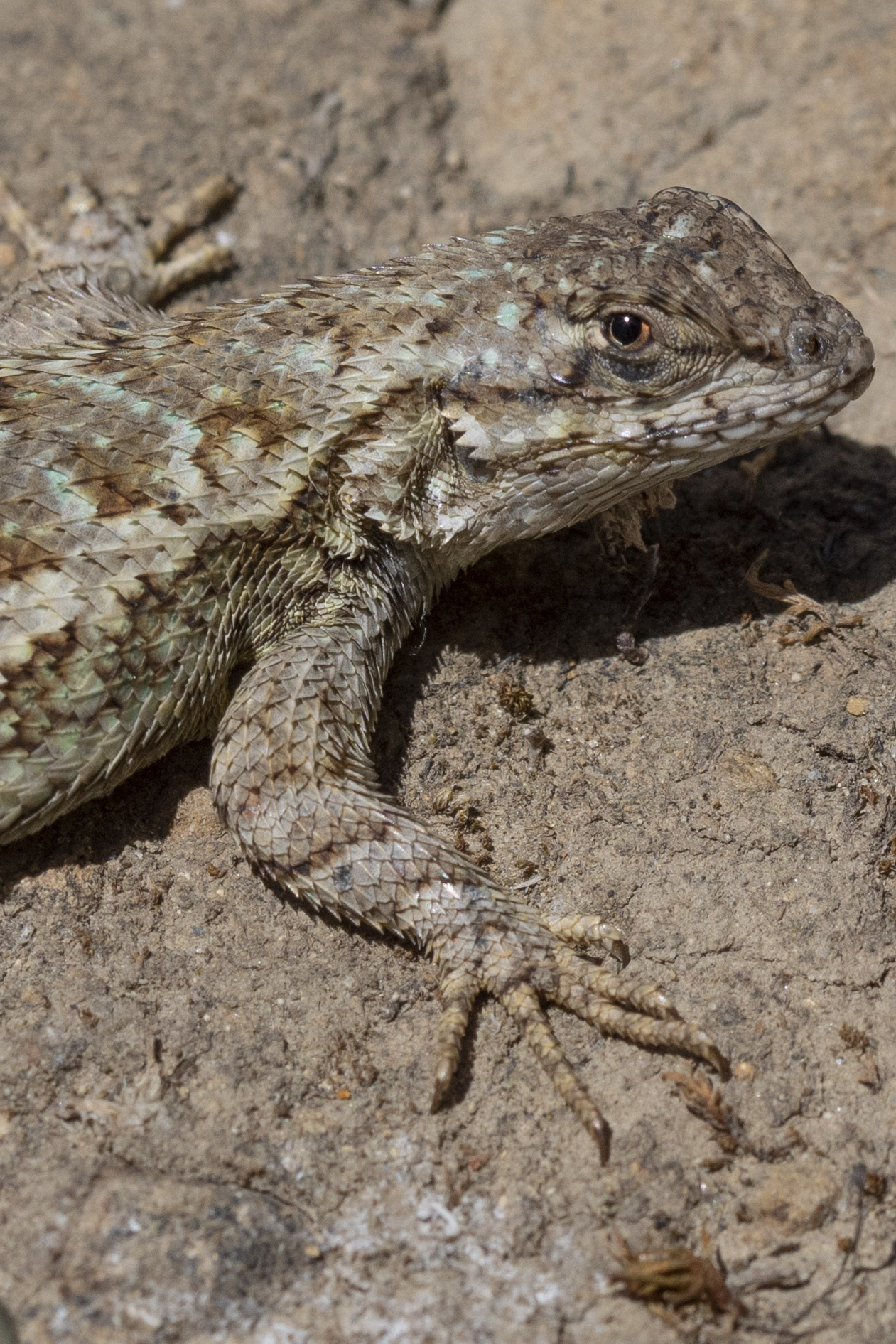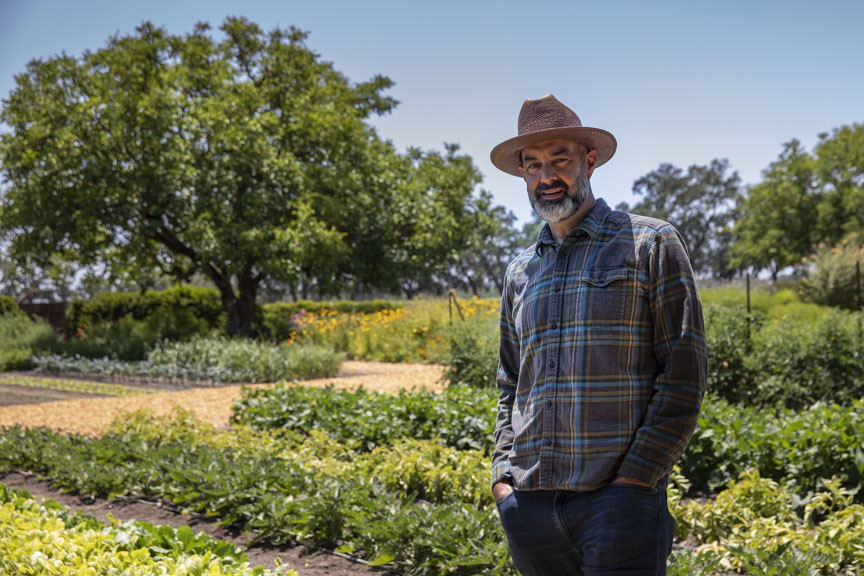
Last week I had an assignment at Kendall-Jackson Winery in Santa Rosa to do portraits in their culinary garden. I’ve been to a lot of gardens and though I expected the garden to be beautiful and inspiring, I didn’t expect to find anything too unusual.
The 4 acre garden is designed and run by Tucker Taylor, the director of the Culinary Gardens for Kendall-Jackson. Tucker previously worked with Thomas Keller of the French Laundry and designed his garden. At Kendall-Jackson he works closely with the culinary team searching the globe for unusual varieties and interesting new tastes. The garden produces more vegetables than Kendall-Jackson uses and also supplies top Bay area restaurants.
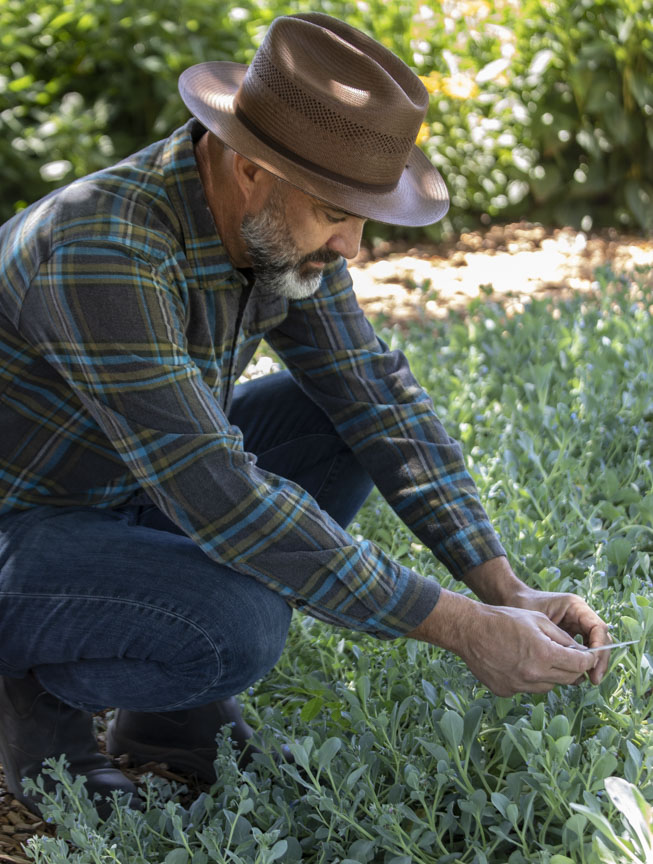
One of the first veggies I tried was the oyster leaf (Mertensia maritime) A member of the borage family, it’s from Scotland and tastes exactly like an oyster! It’s great for people with seafood allergies and it’s popular with local top chefs. Tucker sells it for as much as $1/leaf.
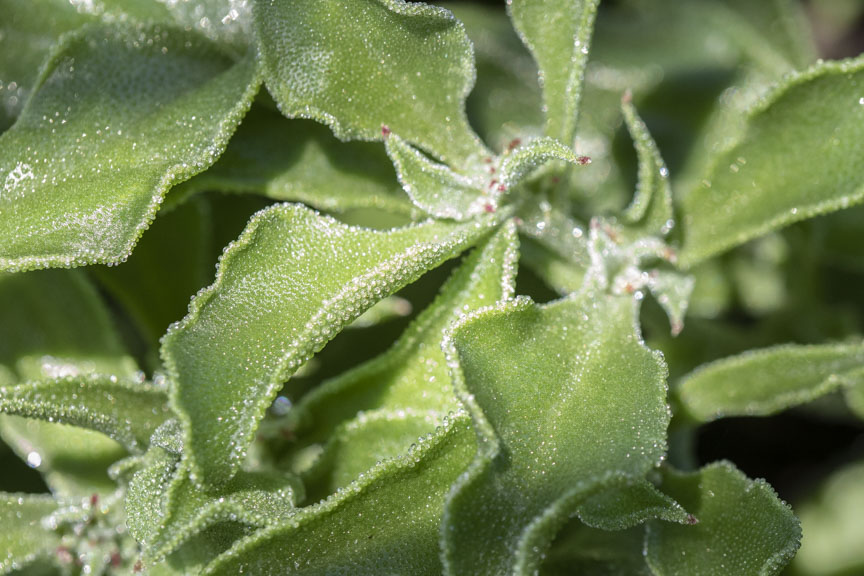
Another fascinating plant he grows is ice lettuce (Mesembryanthemum crystalline) a low growing succulent native to Africa. The leaves are thick and the edges hold a salty crystal that gives a crunchy lemony taste. Leaves can be pickled, boiled or eaten raw. Chefs love it, it’s popular in French cuisines and is know as Ficoïde Glaciale.
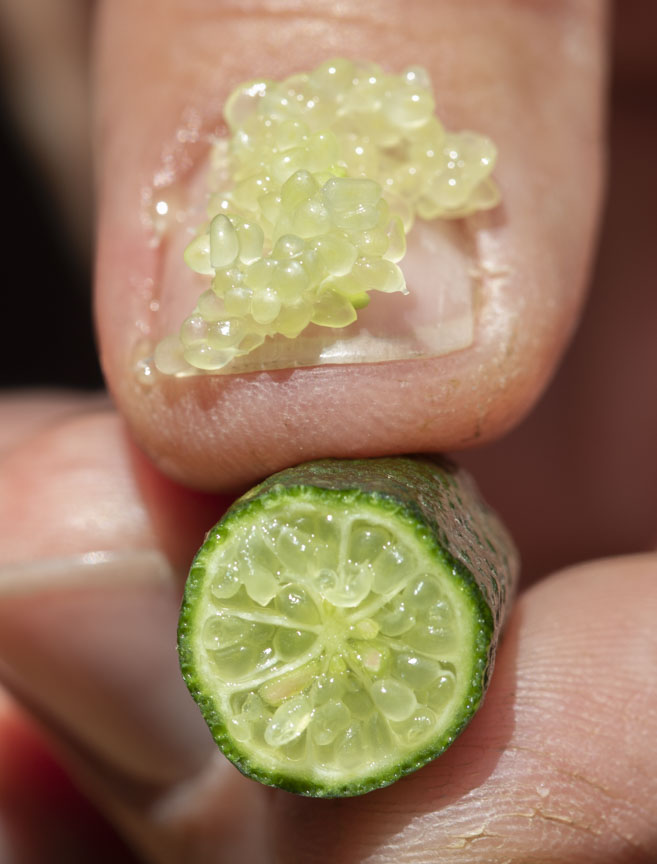
Austrailian Finger limes is a variety of limes he grows that are about the size and shape of a pickle but the flesh is filled with hundreds of tiny round, crunchy “prills” that are like a citrus caviar. It adds texture and flavor to seafood, sushi and cocktails.
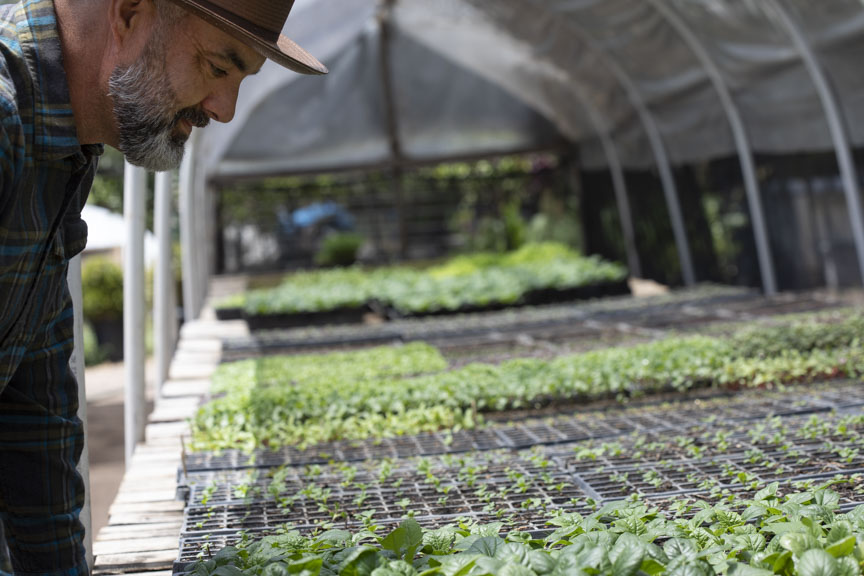
Tucker also grows interesting varieties of veggies, many are harvested as babies. He has micro greens, baby squashes, carrots and more. The garden is also home to chickens, bees and many other crops as well as a sensory garden that helps wine drinkers develop their palette. Truffles are grown in a wild part of the property and they even have a special truffle hunting dog to find them.
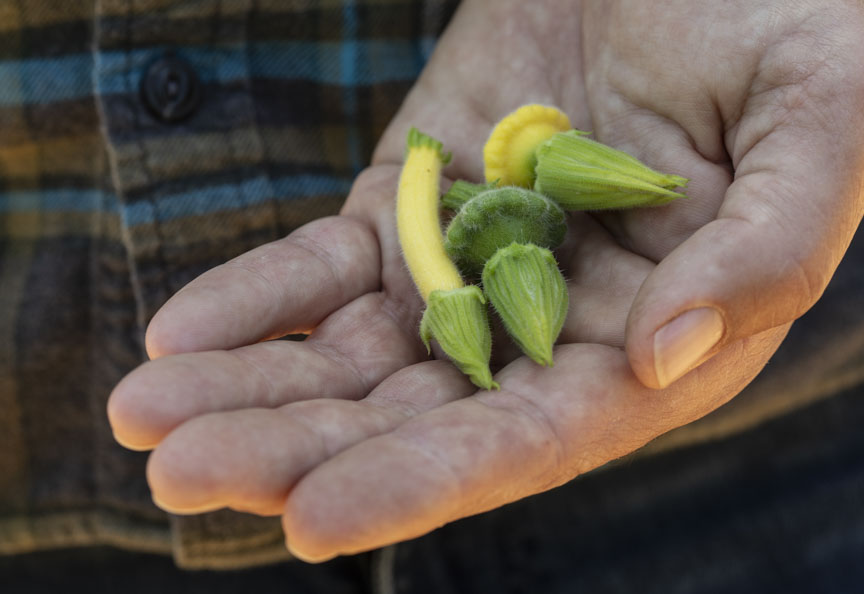
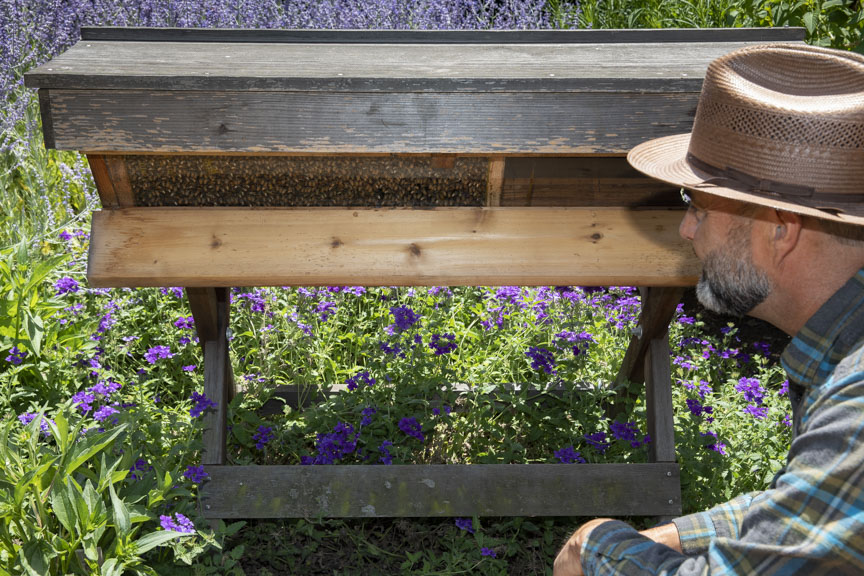
Sustainability is a big part of the winery and farm. Tucker says water has become the new oil and the company is leading the way to reducing water by investing in conservation technologies like barrel wash water recycling, waterless tank sanitation, rainwater harvesting and drip irrigation. The vineyards and garden have reduced their water usage by 61% since 2008. The company also uses solar power for 30% of its annual winemaking operations and 100% renewable energy for the remaining operations.
Visiting Kendall-Jackson’s winery you can check out the garden, taste the wines, sign up for a cooking class or even a wine country farm box if you live close by. Check it all out on their website

